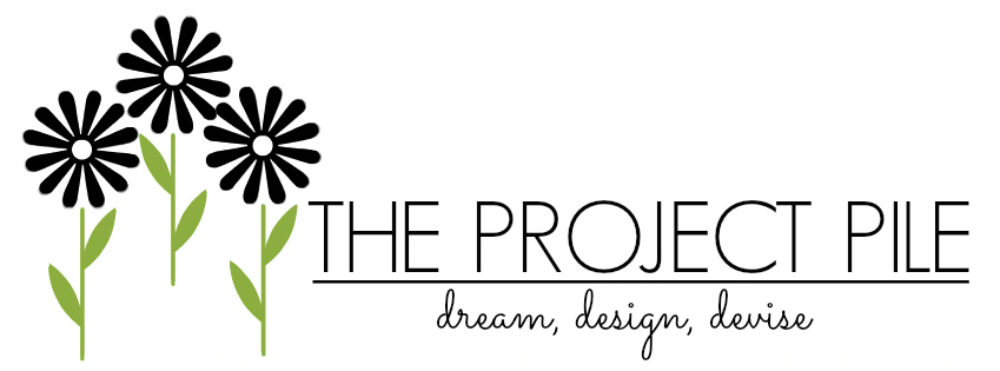When it comes to upcycling furniture, farmhouse style is my favorite! Its rustic looking, it gives character, and it also hides any imperfections that would normally be considered flaws, really well! Here I will share with you the routine that I use for getting that really rustic, yet perfect, farmhouse style paint finish!
Achieving the perfect farmhouse paint finish can seem like it takes a lot of work… but it really can be so much fun!
I never really know what I am going to end up with once I start!
Below, are the steps that I take to achieve that perfect farmhouse style paint finish!
Step One: Choose And Use More Than Two Paint Colors

Whenever I start a project, the first thing that I do, is head out to the project pile and see what I’ve got in my paint stash.
I pick out a little of this, and a little of that, but try to make sure that they are all kind of a similar color tone…
I will literally pull out all different types of paint in order to achieve that old-world rustic looking paint finish.
Acrylic paint. Chalked paint. Latex paint. I’ve even been known to steal a little bit of the kids paint if need be!
Step Two: Paint Random Sections With Different Colors As A Base

Looking a little umm… Maybe, not quite what you are going for… Am I right?!
Well, when it comes to farmhouse style, I feel that the base layer of the project is just so darn important… It really sets the tone or tones for the whole project. (Literally!)
Don’t worry about what it looks like at this stage… Just keep going! When you get to the next step, it will totally make sense! 😉
Step Three: Apply A Solid Color or Whitewash
All of those random colors from step number two are now going to be painted or white-washed over-top of in a solid color. (You can breathe again… It’s going to look so much better!)
This step may make step two seem a little redundant, but its not!
It will look amazing… I promise!
Step Four: Dry Brush Over Your White Wash/Solid Color

So for this step, I like to take a dry brush and dab it in just the tiniest bit of paint. Then I move it really quickly and lightly over any really detailed sections.
I also like applying this technique to any flat table-top like surfaces.
Just remember for this step, that less really is actually more! You do not want to cover over-top of the entire piece.
Step Five: Distress, Distress, Distress!

Distressing is my favorite part!
I use all different grits of sandpaper, and start out by distressing any edges and details on my project.
Then…

I just keep distressing…

And distressing!
I hit up all of the sections that I painted in random colors, to pull them through my white wash/ solid color. I also make sure that I am distressing down to the original wood grain in some areas as well.
Keep going until you are so in love with your piece, that you have to stop! Trust me, you will know when!


MORE POSTS TO READ!
Rustic DIY Potting Bench (Old Table & Shoe Rack)
DIY Distressed Pillar Candle Holders
Farmhouse-Style Faux Foliage for Your Home
Modern Farmhouse Kitchen Faucets For Everyone!
How to Plant Succulents in Pretty Tea Cups!

*This post may contain affiliate links.

